Triangular Trade Worksheet
Are you searching for a comprehensive and engaging worksheet about the Triangular Trade? Look no further! This worksheet is designed for students studying world history or social studies and focuses on the entity and subject of the Triangular Trade.
Table of Images 👆
More Other Worksheets
Kindergarten Worksheet My RoomSpanish Verb Worksheets
Cooking Vocabulary Worksheet
DNA Code Worksheet
Meiosis Worksheet Answer Key
Art Handouts and Worksheets
7 Elements of Art Worksheets
All Amendment Worksheet
Symmetry Art Worksheets
Daily Meal Planning Worksheet
What was Triangular Trade?
Triangular Trade was a historical trade route during the 16th to 19th centuries that connected Europe, Africa, and the Americas. It involved the exchange of goods, slaves, and raw materials among these three regions. European ships would transport goods such as textiles, weapons, and alcohol to Africa, where they were traded for slaves. The slaves were then transported to the Americas and sold to work on plantations, producing valuable crops like sugar, tobacco, and cotton. The profits from these products were then sent back to Europe, completing the triangular trade route.
Which regions were involved in Triangular Trade?
The regions involved in the Triangular Trade were Europe, Africa, and the Americas. Europe would manufacture goods to trade with Africa for slaves, who were then transported to the Americas to work on plantations producing raw materials such as sugar, tobacco, and cotton. These raw materials were then sent back to Europe to be processed and sold.
What were the main goods traded during Triangular Trade?
The main goods traded during Triangular Trade included slaves, sugar, rum, tobacco, cotton, and other raw materials. These items were transported between Europe, Africa, and the Americas in a triangular pattern, with goods being exchanged for slaves in Africa, slaves being transported to the Americas, and raw materials being shipped back to Europe.
What was the Middle Passage?
The Middle Passage was the stage of the triangular trade route in which millions of enslaved Africans were forcibly transported across the Atlantic Ocean to the Americas to be sold as laborers. This brutal and inhumane voyage often led to the suffering and death of a large number of enslaved individuals due to overcrowding, unsanitary conditions, and harsh treatment by the European slave traders.
How did enslaved Africans play a role in Triangular Trade?
Enslaved Africans played a crucial role in Triangular Trade as they were forcibly taken from Africa and transported to the Americas to work on plantations in exchange for goods like sugar, tobacco, and cotton. This trade route connected Europe, Africa, and the Americas, with enslaved Africans being a vital part of the labor force that fueled the economy of the colonies and contributed to the growth of the transatlantic trade network.
Which European nations were major participants in Triangular Trade?
The major European nations that participated in the Triangular Trade were Portugal, England, France, Spain, and the Netherlands. These countries were heavily involved in the trading network that transported goods, including slaves, between Africa, the Americas, and Europe during the 16th to the 19th centuries.
What were the impacts of Triangular Trade on African societies?
Triangular Trade had devastating impacts on African societies, as it fueled the transatlantic slave trade, leading to the forced migration and enslavement of millions of Africans. This resulted in population decline, disrupted social structures, and economic exploitation of African communities. The trade also introduced firearms, alcohol, and other harmful goods that exacerbated existing conflicts and power dynamics on the continent. The long-lasting legacy of Triangular Trade continues to haunt African societies today through its deep-rooted impact on culture, economy, and social relations.
How did Triangular Trade contribute to the growth of European economies?
Triangular Trade contributed to the growth of European economies by facilitating the exchange of goods, resources, and labor between Europe, Africa, and the Americas. European merchants profited significantly from the trade of goods such as textiles, firearms, and alcohol to Africa in exchange for slaves, who were then sold in the Americas for cash crops like sugar, tobacco, and cotton. This system of trade allowed European nations to amass wealth, expand their empires, and ultimately fuel their economic growth through the exploitation of resources and labor from Africa and the Americas.
What were some of the social and cultural consequences of Triangular Trade?
Some of the social and cultural consequences of Triangular Trade include the spread and perpetuation of slavery, as millions of Africans were forcibly taken from their homes and sold into bondage in the Americas. This led to profound disruptions of African societies and cultures, as well as the dehumanization and exploitation of enslaved individuals. Additionally, the exchange of goods and ideas between Europe, Africa, and the Americas through Triangular Trade contributed to the growth of global interconnectedness, cultural exchange, and the development of new cultural practices and hybrid identities in the regions involved.
How did the abolition of the slave trade impact Triangular Trade?
The abolition of the slave trade had a significant impact on the Triangular Trade by disrupting the flow of human beings as commodities between Africa, the Americas, and Europe. The trade routes and economic patterns of Triangular Trade were heavily reliant on the transatlantic slave trade, and its abolition led to changes in the goods and products exchanged between regions. The end of the slave trade also resulted in shifts in labor practices and economies in the Americas, as well as affected the social structures and dynamics that had been built around the institution of slavery.
Have something to share?
Who is Worksheeto?
At Worksheeto, we are committed to delivering an extensive and varied portfolio of superior quality worksheets, designed to address the educational demands of students, educators, and parents.





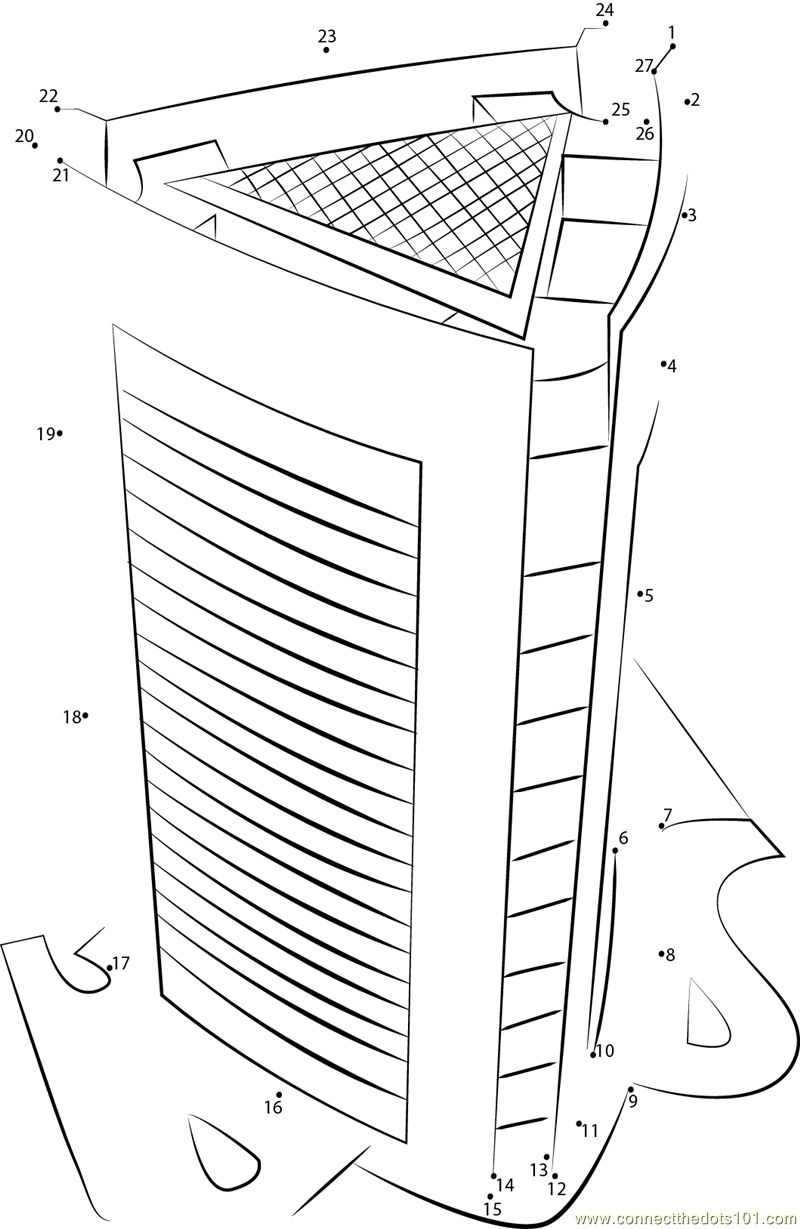
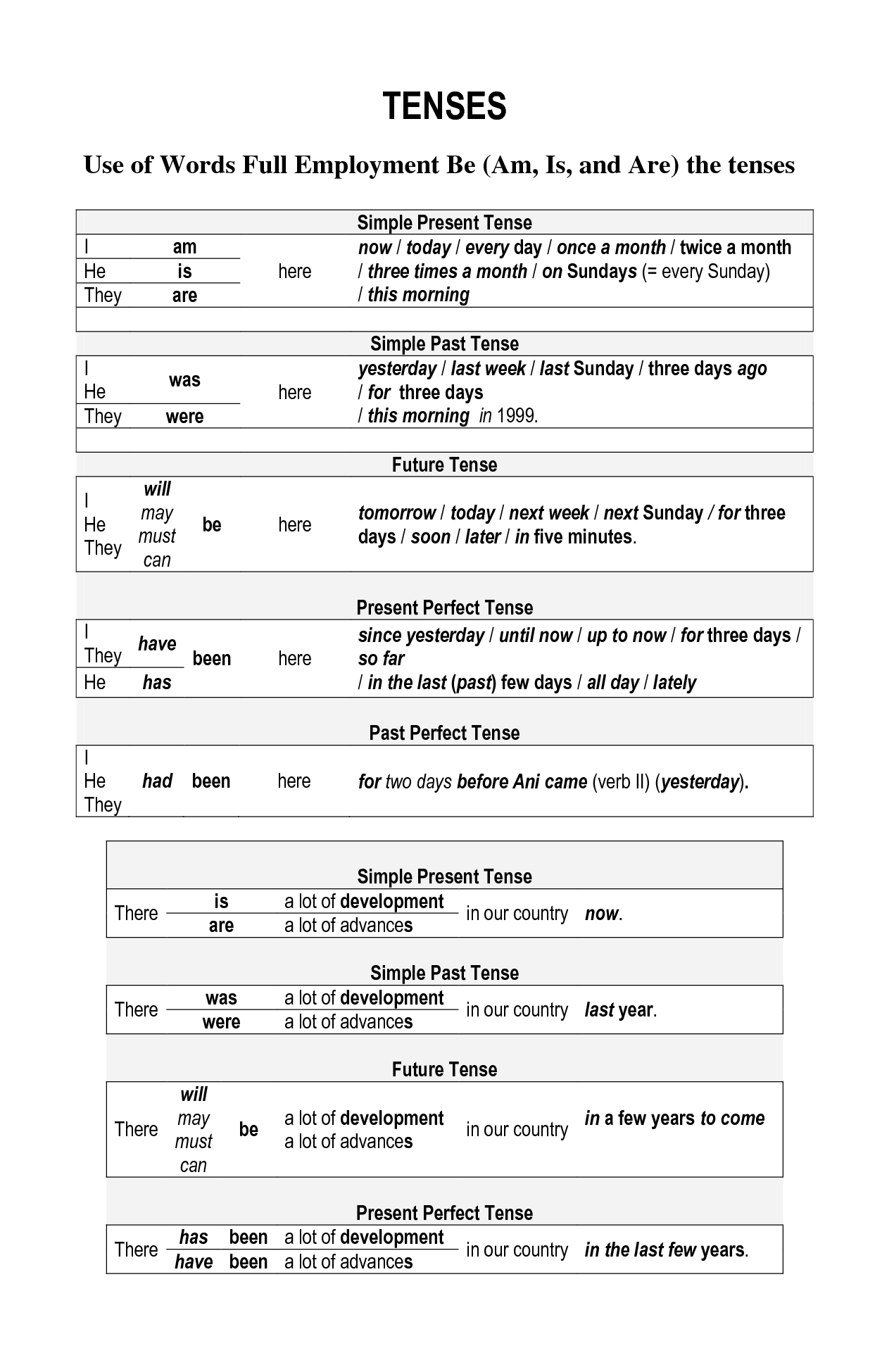
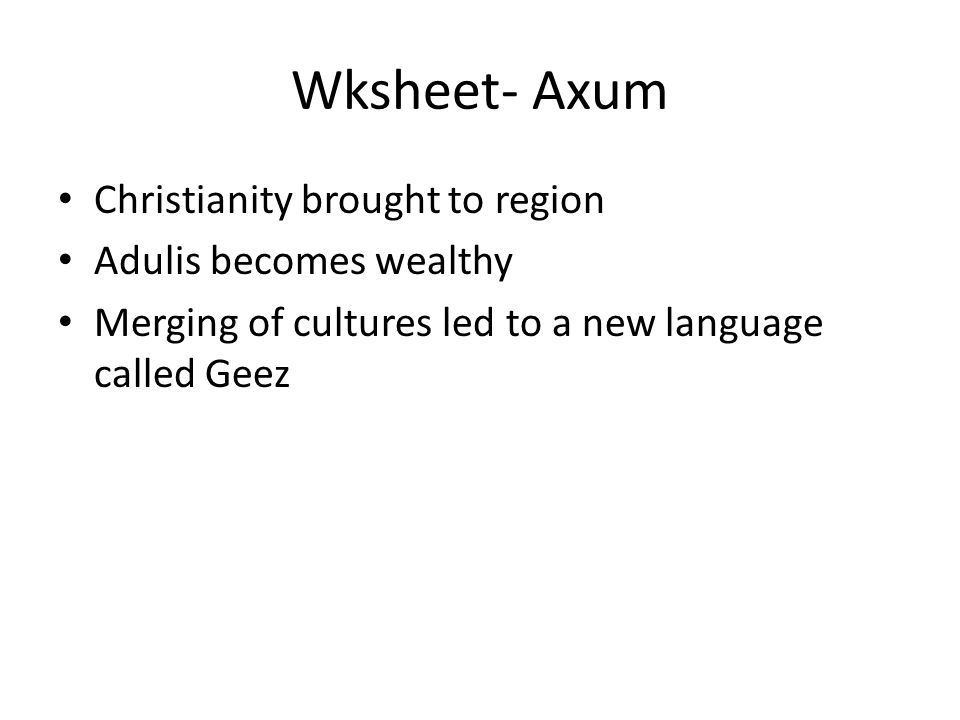
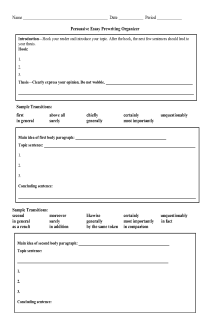
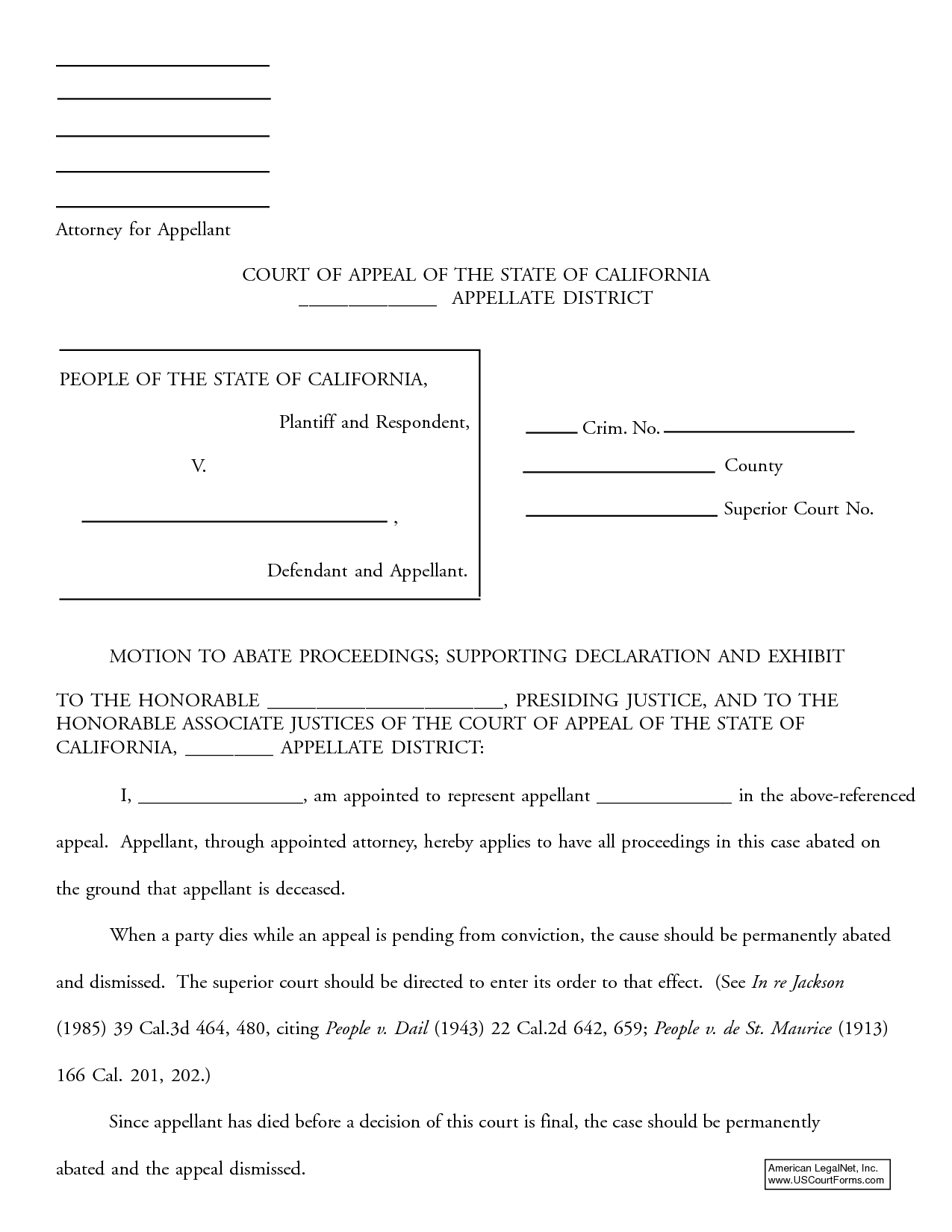
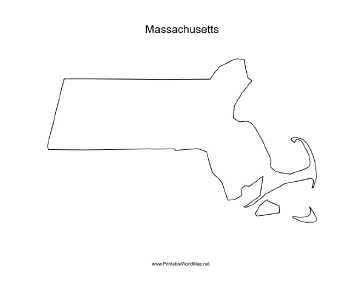

























Comments